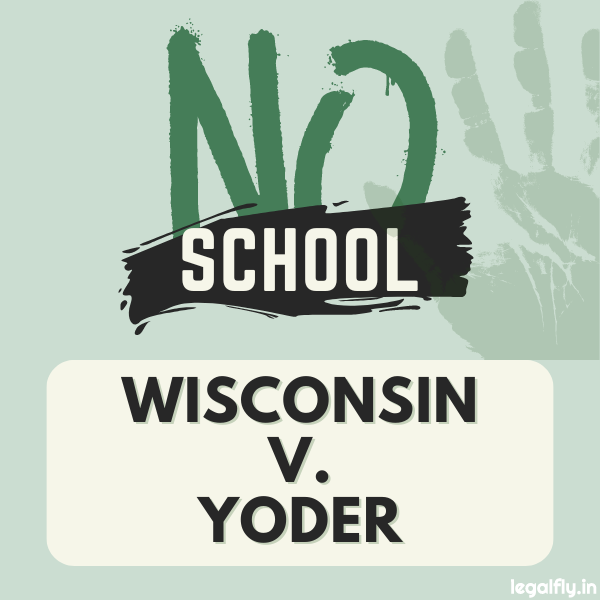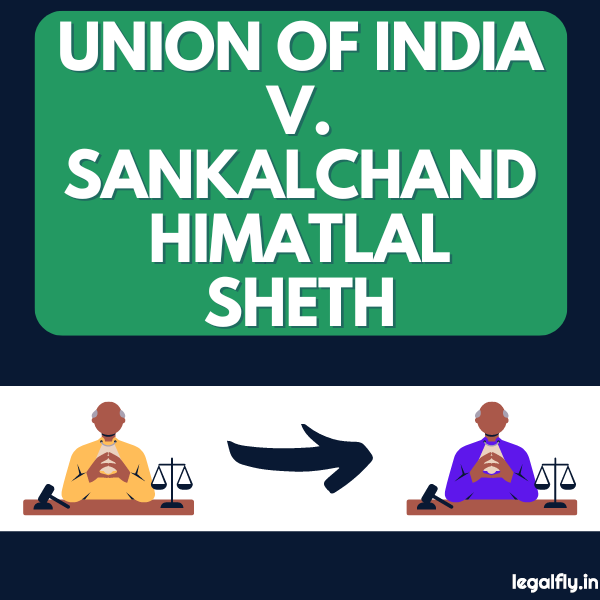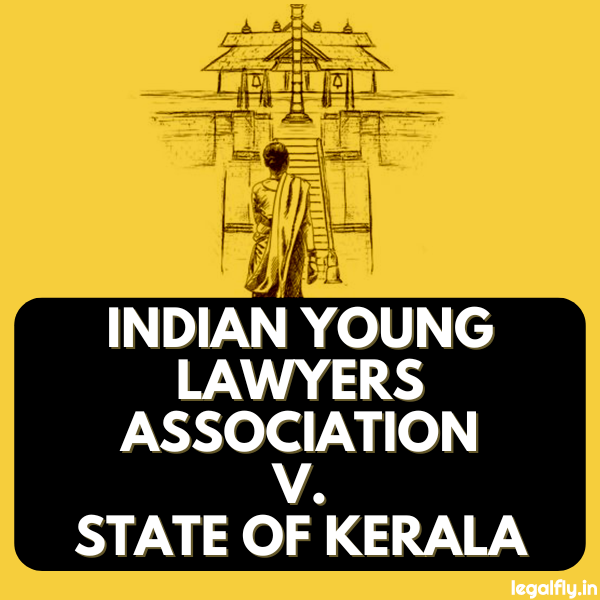Table of Contents
Case Name: Wisconsin v. Yoder
Court: Supreme Court of the United States
Year: 1972
Citation: 406 U.S. 205 (1972)
Introduction
The landmark case of Wisconsin v. Yoder is crucial in U.S. legal history. It involved Amish parents, including Jonas Yoder, who refused to send their children to school past the eighth grade, citing their religious beliefs. The U.S. Supreme Court ruled in favour of the Amish families, stating that Wisconsin’s compulsory school attendance law violated their First Amendment rights. This decision highlighted the tension between state interests in promoting education and the right to free exercise of religion.
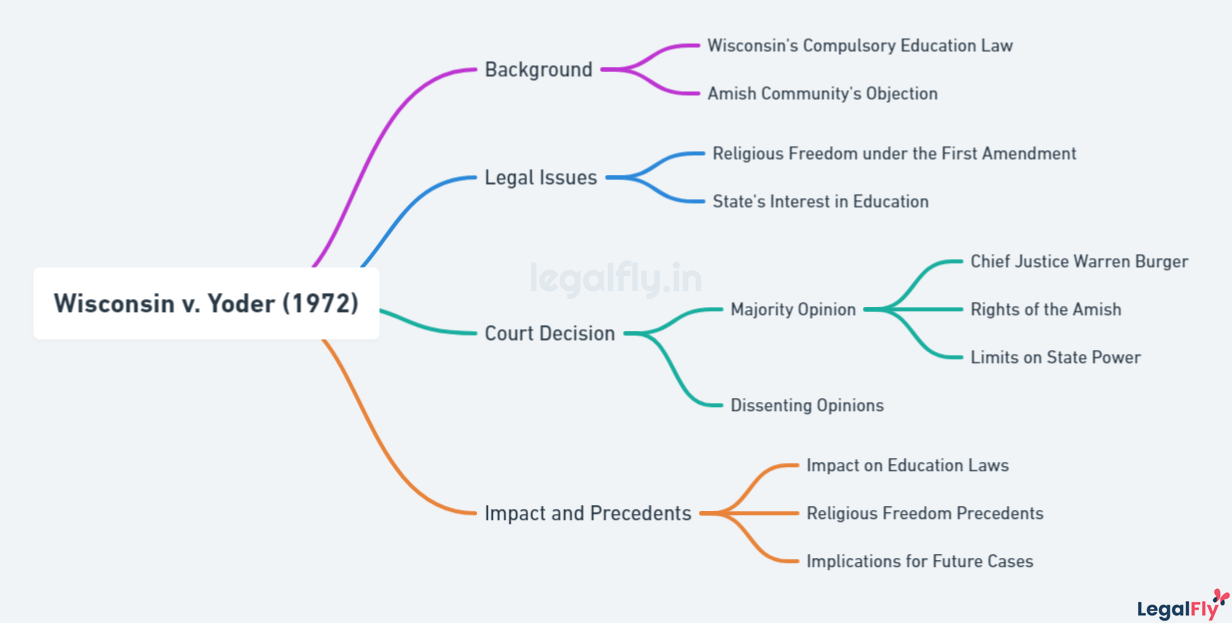
The case’s background is rooted in the Amish community‘s way of life, which values traditional practices and religious teachings. Wisconsin law required children to attend school until they were 16, but the Amish argued that high school attendance was contrary to their religious beliefs and way of life. The state prosecuted the families, leading to a legal battle that eventually reached the highest Court in the land.
The Supreme Court’s decision has had lasting implications for the United States’ religious freedom and educational policy. It demonstrates a significant judicial endorsement of religious rights over state mandates. The case remains a reference point for ongoing debates about the limits of governmental authority in regulating education versus respecting religious practices.
Key Takeaways
- The Supreme Court ruled that Wisconsin’s compulsory school law violated Amish religious rights.
- The case involved Amish families resisting state laws requiring school attendance until age 16.
- The ruling balances state interests in education with constitutional religious freedoms.
Historical Context of Wisconsin v. Yoder
The Wisconsin v. Yoder case focused on the conflict between state laws and religious freedom. It revolved around the Amish community’s objection to compulsory education laws.
Origins of the Case and Key Individuals
The case originated in the 1960s when Amish parents, including Jonas Yoder, Wallace Miller, and Adin Yutzy, refused to send their children to school after the eighth grade. According to the Old Order Amish religious beliefs, continued formal education past this point was seen as harmful to their way of life and religious practices. The conflict arose in Wisconsin, where state law required compulsory school attendance until age 16. This created tension between state authorities and the Amish community, leading to legal action.
Legal Proceedings Prior to the Supreme Court
Initially, Jonas Yoder and the other Amish parents were convicted of violating Wisconsin’s compulsory school attendance law. The case was first heard in the Wisconsin Circuit Court, where the Amish parents argued that the law infringed on their First Amendment right to exercise their religion freely. Despite their arguments, the Court upheld their convictions. Determined to fight the decision, the parents appealed to higher courts. The case ultimately reached the United States Supreme Court, which was tasked with balancing state education requirements against religious freedoms. This culminated in a landmark decision in 1972, where the Supreme Court ruled in favour of the Amish parents, recognising the importance of religious liberty in this context.
Central Legal Tenets and Constitutional Underpinnings
The case of Wisconsin v. Yoder was significant for its discussion of the legal principles surrounding the First and Fourteenth Amendments. It delved deeply into the balance between state interests and individual religious freedoms.
First Amendment and Free Exercise Clause
Wisconsin v. Yoder primarily focused on the First Amendment’s Free Exercise Clause. The Amish parents argued that the state’s compulsory education law violated their religious freedom. The Amish faith discourages formal education beyond the eighth grade, believing it interferes with their religious practices and way of life. The state law imposed these religious beliefs by requiring children to attend school until they were 16.
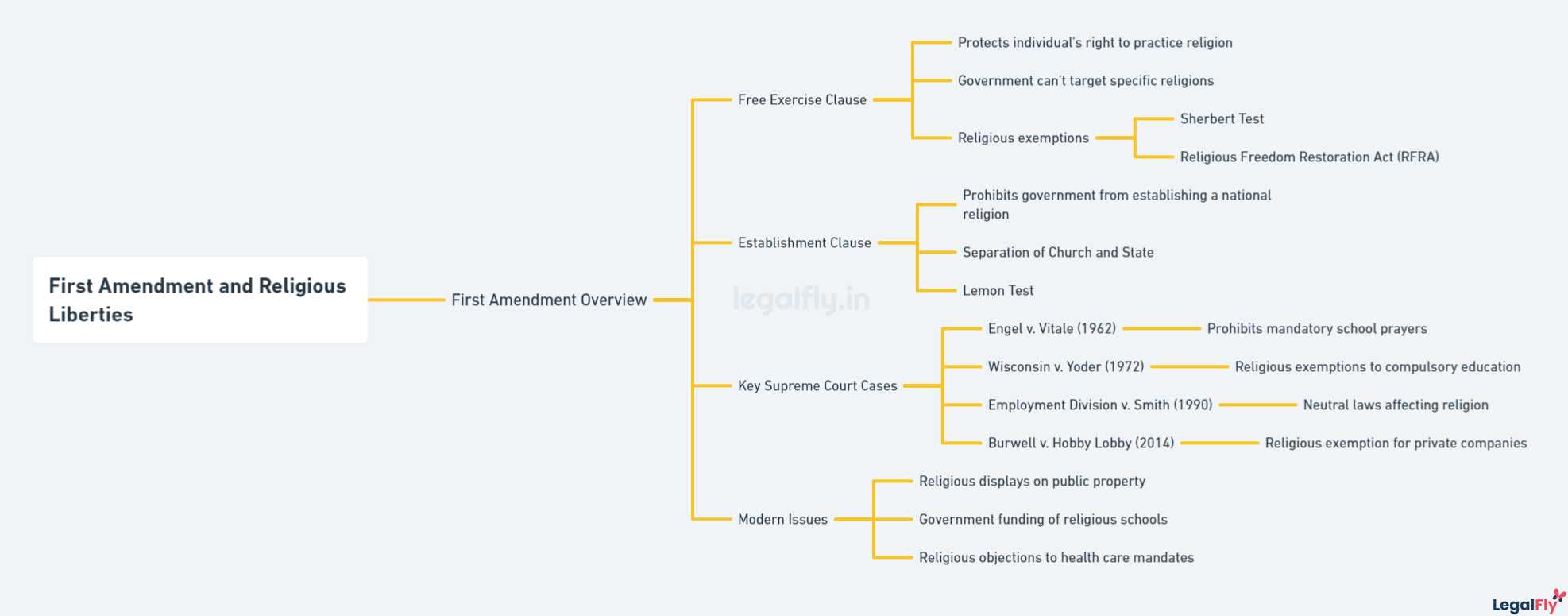
The Supreme Court ruled in favour of Yoder, emphasising that the Free Exercise Clause protects religious practices unless the state can show a compelling interest. The Court recognised that the Amish community had a long history of self-sufficiency and that its religious beliefs were deeply ingrained. It stated that forcing Amish children to attend high school would significantly burden their free exercise of religion, setting a precedent that religious convictions can sometimes override state regulations.
Fourteenth Amendment and Its Impact on the Case
The Fourteenth Amendment also played a crucial role in Wisconsin v. Yoder. While the First Amendment protects religious freedom, the Fourteenth Amendment ensures these protections apply at the state level. This was essential in the case, as a state law was being challenged.
The Court examined the state’s interest in enforcing its compulsory education law under the Doctrine of Parens Patriae, which allows the state to act as a guardian for minors. Yet, it concluded that, in this case, the state’s interest in compulsory education did not outweigh the Amish parents’ fundamental right to exercise their religion freely. The Supreme Court of Wisconsin had initially ruled against Yoder, but the U.S. Supreme Court’s decision to reverse this ruling underscored the importance of constitutional protections even against state laws.
The decision highlighted that while states have legitimate interests in educating children, these interests must be balanced against constitutional rights, particularly when fundamental rights are involved. This case marked a significant moment in the interpretation of both First and Fourteenth Amendment protections concerning religious freedom and state authority over education.
Cultural and Societal Implications
Wisconsin v. Yoder had significant cultural and societal impacts, particularly on the Amish community and broader American values on education and individual rights.
Amish Religious Beliefs and Education
Amish religious beliefs strongly influence their way of life, including their approach to education. The Old Order Amish Religion values practical vocational education over formal schooling. They believe that education beyond the eighth grade can lead to exposure to ideas contrary to their beliefs and way of life. By discontinuing formal education after this level, Amish families ensure their children are raised within their unique religious upbringing and community values. The Amish community emphasises skills that foster self-reliance and self-sufficiency, focusing on trades and farming that align with their religious principles. This approach allows them to maintain their self-contained way of life and religious traditions.
Statutory Implications and Broader Societal Values
The ruling in Wisconsin v. Yoder challenged the concept of universal compulsory education, particularly when it conflicts with religious freedoms. By allowing Amish children to forego high school, the Court recognised their right to practise their religion without state interference. This decision highlighted a key tension between individual religious rights and state-imposed educational standards.
Green County, where many of the involved Amish families resided, had to consider how to balance state laws with respect for diverse religious practices. The case underscored the importance of vocational education, valued by the Amish, as a legitimate alternative to traditional high school education. This ruling affirmed that while compulsory school attendance is important, there can be exceptions that respect enduring American traditions of religious freedom and cultural diversity.
Supreme Court Decision and Its Rationale
The U.S. Supreme Court ruled in favour of the Amish parents, finding that the Wisconsin law infringed upon their right to exercise religion freely. This ruling significantly impacted religious freedom and education laws in the United States.
Majority Opinion and Significance
The Supreme Court, in a 7-0 decision, held that Wisconsin’s compulsory school attendance law violated the First Amendment rights of Amish families. Chief Justice Warren E. Burger delivered the majority opinion, emphasising that forcing Amish children to attend public or private school beyond the eighth grade would severely interfere with the Amish way of life.
The Court noted that the Amish have a long history of successful self-sufficiency and community through vocational education. This vocational training, rooted in their religious beliefs, prepares young Amish children for life within their community. The ruling also stressed that the Amish religious beliefs are sincerely held and deeply rooted in their way of life.
This decision underscored the U.S. Supreme Court’s commitment to upholding the First Amendment’s Free Exercise Clause, allowing religious groups to be exempt from certain generally applicable laws that infringe upon their religious practices. The case became a landmark for religious freedom in the country.
Dissenting Opinion and Alternative Perspectives
Although the decision was unanimous, Justice William O. Douglas wrote a separate opinion highlighting concerns not fully addressed by the majority. Douglas questioned whether the children’s rights and desires were adequately considered, suggesting that the case should have been remanded to determine the children’s own views on their education.
Douglas argued that the children’s individual rights to determine their future were equally important. He noted that some Amish parents, like those of the Conservative Amish Mennonite Church, might impose their beliefs on their children without considering their wishes.
While the majority focused on protecting the Free Exercise of Religion for the parents, Douglas’s perspective emphasised the potential conflict between parental authority and children’s rights. This alternative view offered a broader discussion on the balance between religious freedom and the welfare of minors within the judicial system.
Conclusion
The decision in Wisconsin v. Yoder had lasting effects on educational policies and religious freedoms. Its implications continue to influence debates about the balance between state interests and individual religious rights.
Implications for the Amish and Broader Educational Policies
After the ruling, Amish parents gained the legal ability to keep their children out of high school. This allowed them to follow their belief that higher education could endanger their children’s salvation and communal lifestyle. By permitting education only up to the eighth grade, the Amish maintained their self-sufficient and simple lifestyle, emphasising religious tenets and practical skills over formal education.
This case also forced other school districts and policymakers to face similar claims of religious exemptions. It highlighted the need to balance compulsory education laws with religious freedoms. The decision effectively recognised that exemptions to these laws are essential when they conflict with deeply held religious beliefs.
Contemporary Interpretations and Legal Significance
Today, the case remains a key reference for issues involving the First and Fourteenth Amendments, particularly those dealing with the Free Exercise Clause. Courts consider the balancing process established in this case when deciding whether state laws impose undue burdens on religious practice.
While the state’s interest in universal education is strong, the case demonstrates that it is not absolute. The Court recognised that imposing high school attendance on Amish children did not serve their physical or mental health interests or the state’s interest since their unique educational structure provided an alternative mode of learning. This set a precedent for accommodating religious beliefs within existing legal frameworks.
Frequently Asked Questions
What was the Wisconsin v. Yoder case about?
Wisconsin v. Yoder was a landmark 1972 Supreme Court case involving Amish parents who refused to send their children to school beyond 8th grade due to religious beliefs. The case challenged Wisconsin’s compulsory education law, which required children to attend school until age 16, pitting religious freedom against the state’s interest in education.
What was the Supreme Court’s ruling in Wisconsin v. Yoder?
The Supreme Court ruled 7-0 in favour of the Amish parents, affirming that their right to religious freedom under the First Amendment outweighed the state’s interest in mandating school attendance beyond 8th grade. The Court held that Wisconsin’s compulsory education law violated the Free Exercise Clause when applied to the Amish.
How did Wisconsin v. Yoder impact religious freedom and education?
Wisconsin v. Yoder significantly strengthened religious freedom protections, establishing that sincere religious beliefs can sometimes override state education requirements. The ruling allowed Amish communities to limit their children’s formal education and set a precedent for religious exemptions from generally applicable laws. However, it also raised concerns about potential conflicts between religious practices and children’s educational rights.

